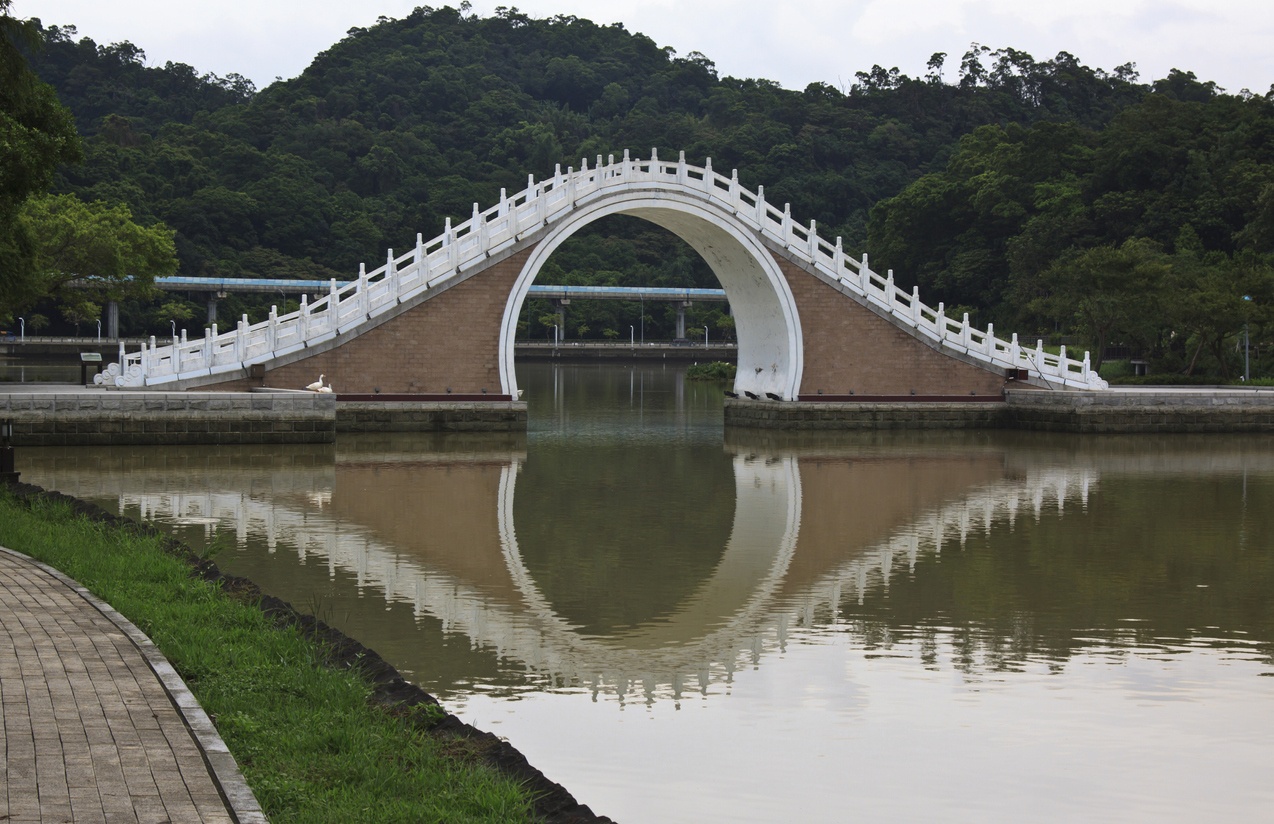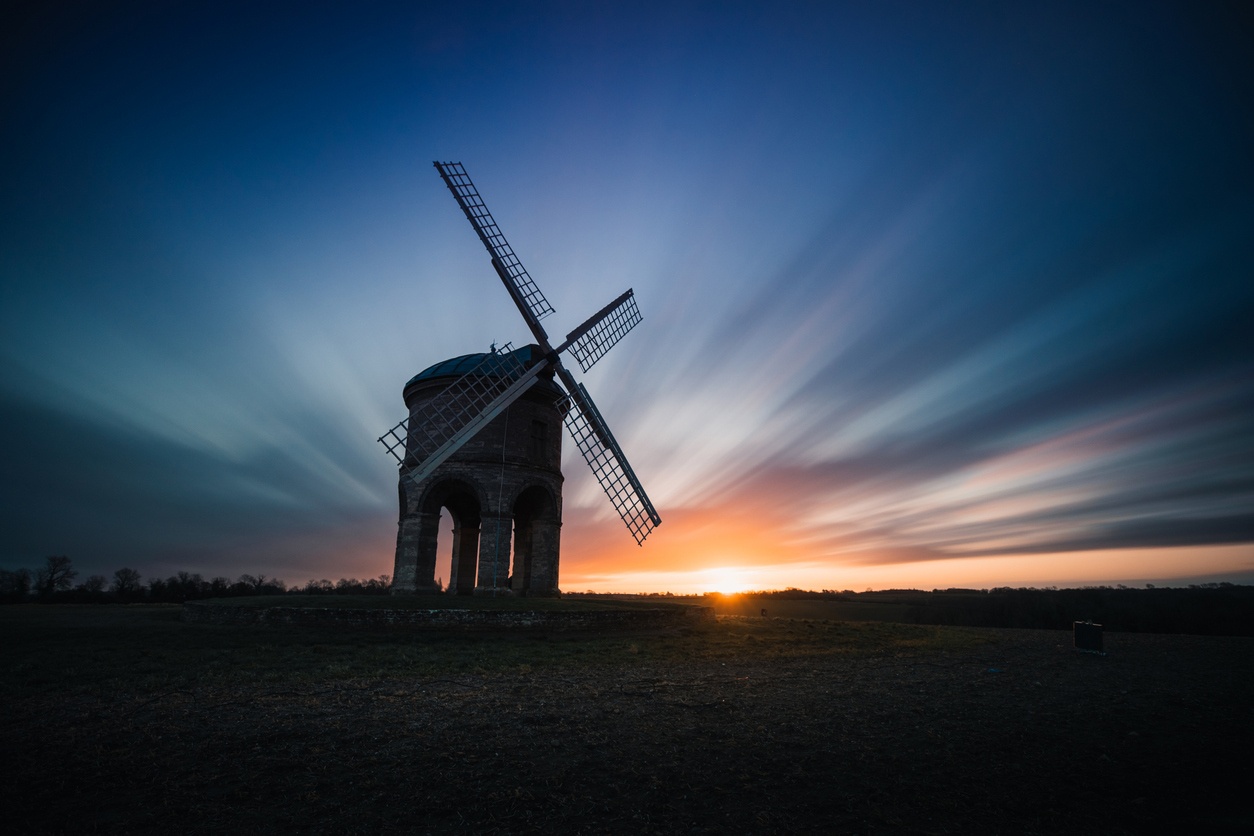
Chesterton Windmill (United Kingdom)
The Chesterton Windmill is a stone windmill with a cylindrical shape and arched base, located on the outskirts of the village of Chesterton, in the county of Warwickshire, England. It is a Grade I listed building and a unique landmark in southeast Warwickshire. It was built around 1632-1633, probably by Sir Edward Peyto, a mathematician and astrologer who was lord of the manor of Chesterton. The mill has three floors and four blades, and retains some of its original machinery.
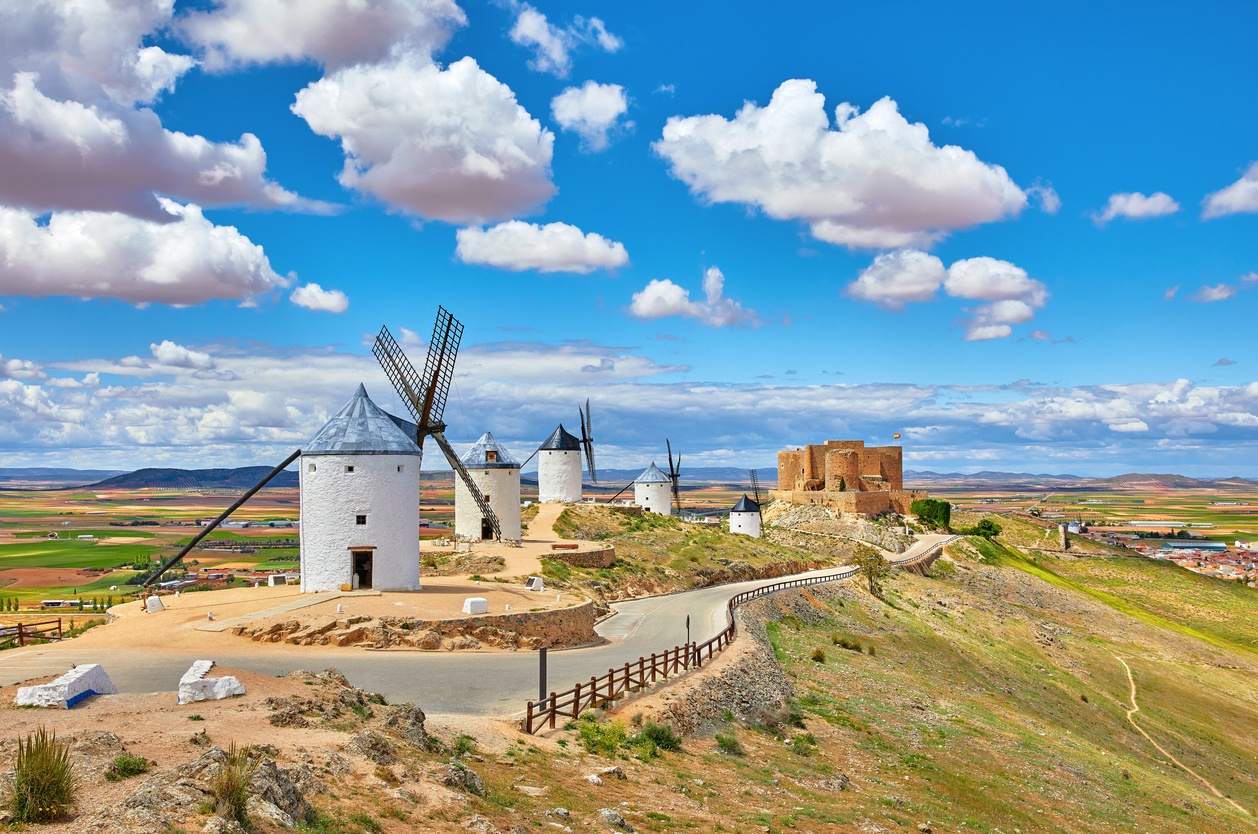
Windmills of Consuegra (Spain)
The windmills of Consuegra are a group of twelve windmills of La Mancha style that stand on the Calderico hill, next to the castle of La Muela, in the province of Toledo. They were built between the sixteenth and nineteenth centuries to harness the power of the wind and grind grain. Some of them conserve the original machinery and can be visited inside. They are a symbol of La Mancha and Cervantine culture, as they are mentioned in Don Quixote.
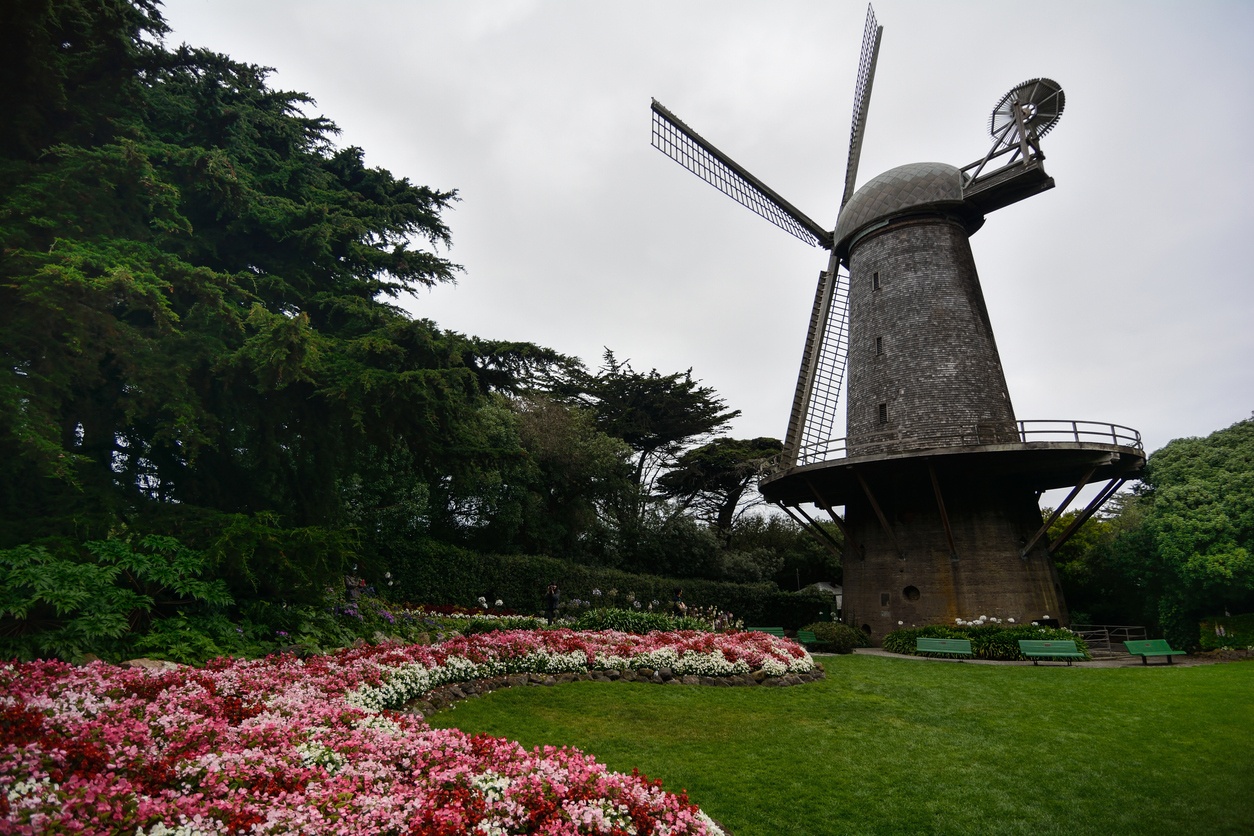
Dutch Windmill (United States)
The Dutch Windmill is one of two functional windmills on the western edge of Golden Gate Park in San Francisco, California. It was built in 1903 to pump groundwater for irrigation of the park. It was declared a San Francisco Landmark in 1981. It is surrounded by the Queen Wilhelmina Tulip Garden, a tulip garden that was planted around the mill. The mill has blades 31 meters long and can pump 113,560 liters per hour.
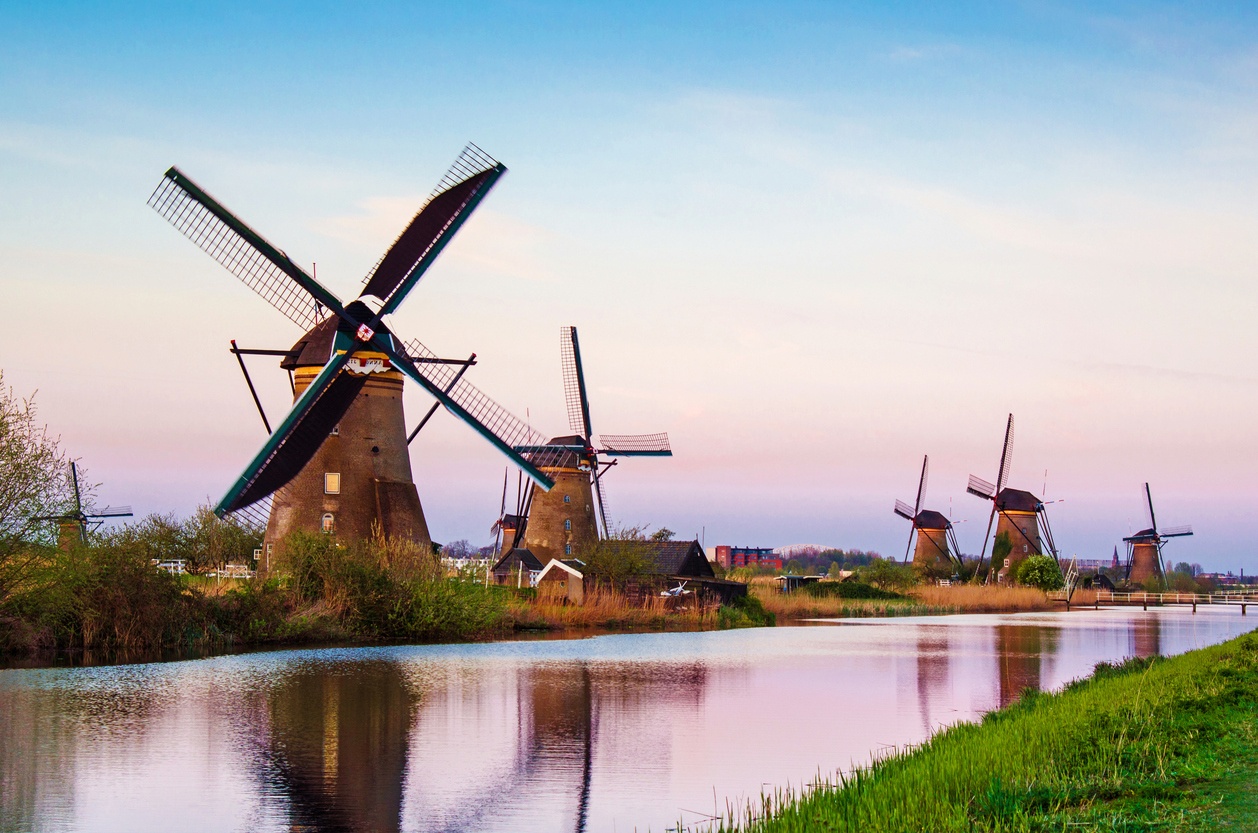
Kinderdijk Windmills (The Netherlands)
The Kinderdijk Windmills are a set of 19 historic windmills located in the polder of Alblasserwaard, in the province of South Holland. They were built between 1738 and 1740 to pump water from the polders and prevent flooding. They have been a UNESCO World Heritage Site since 1997. You can visit one of the mills inside and see what life was like for the millers and how the machinery worked. The mills are surrounded by a green landscape full of plant and animal life.
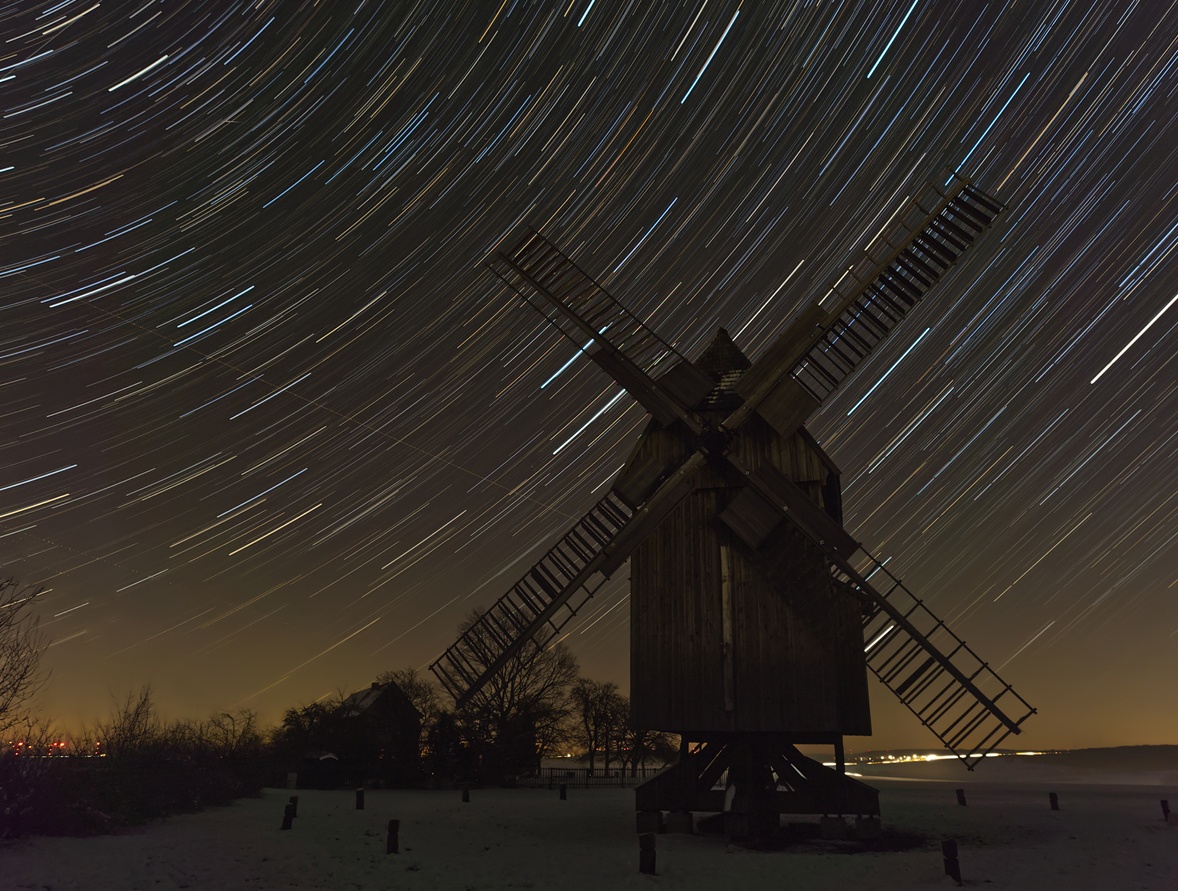
Krippendorfb windmill (Germany)
The Krippendorf Windmill is a bockwindmühle (post mill) located in the village of Krippendorf, near Jena, in the state of Thuringia. It was built in the 18th century and restored in 1996. The mill is located on the Jena-Auerstedt battlefield, where a confrontation between French and Prussian troops took place in 1806.
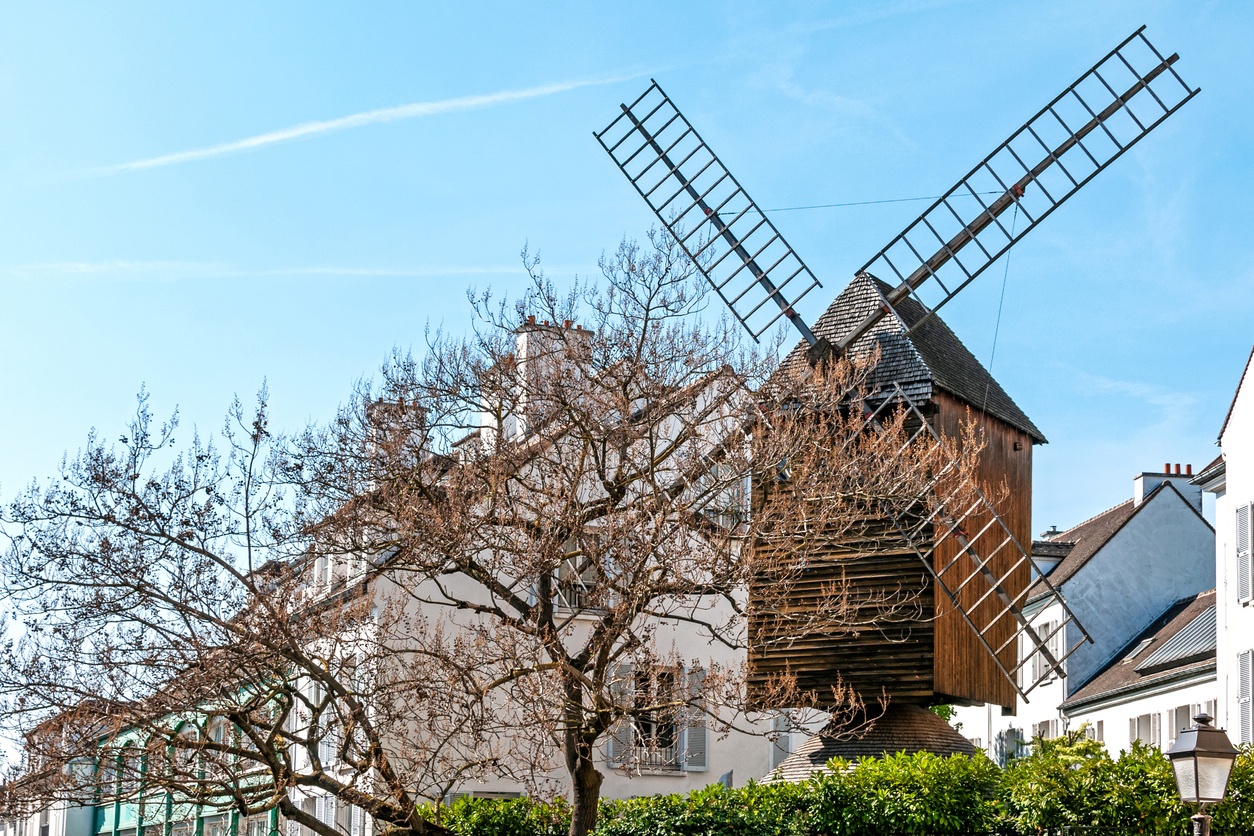
Moulin de la Galette (France)
The Moulin de la Galette is a windmill located in the Montmartre district of Paris. It was built in the 17th century and was used to grind grain and produce flour. In the 19th century it became a dance hall and a place of leisure for Parisians. The mill was painted by several famous artists, such as Renoir, Van Gogh, Toulouse-Lautrec and Picasso. In 1939 it was declared a historical monument. Today it is a traditional restaurant offering typical dishes of French cuisine.
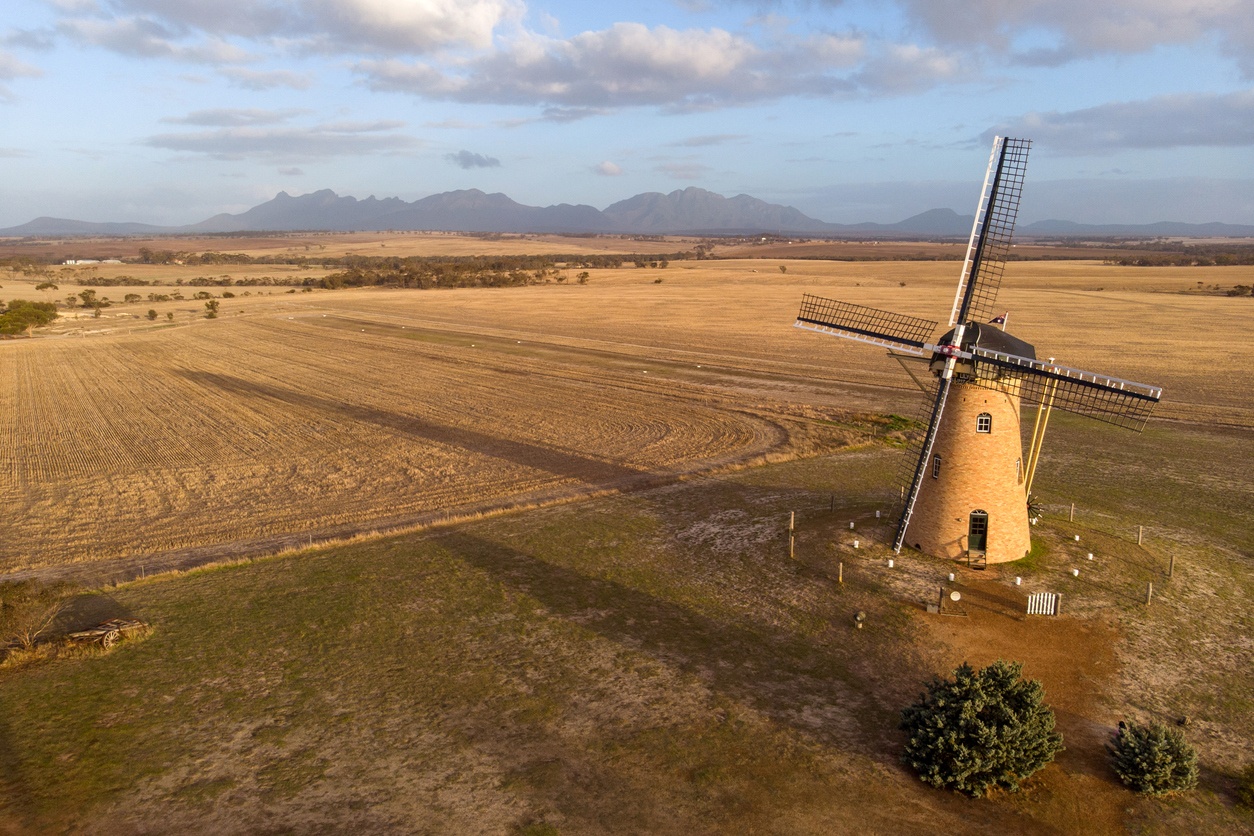
The Lily Dutch (Australia)
The Lily Dutch windmill is a 16th century Dutch-designed windmill located in the state of Western Australia. It is one of the largest traditional windmills ever built in Australia, weighing 22 tons and with blades 24.6 meters long. The mill is fully operational and produces wholemeal spelt flour.
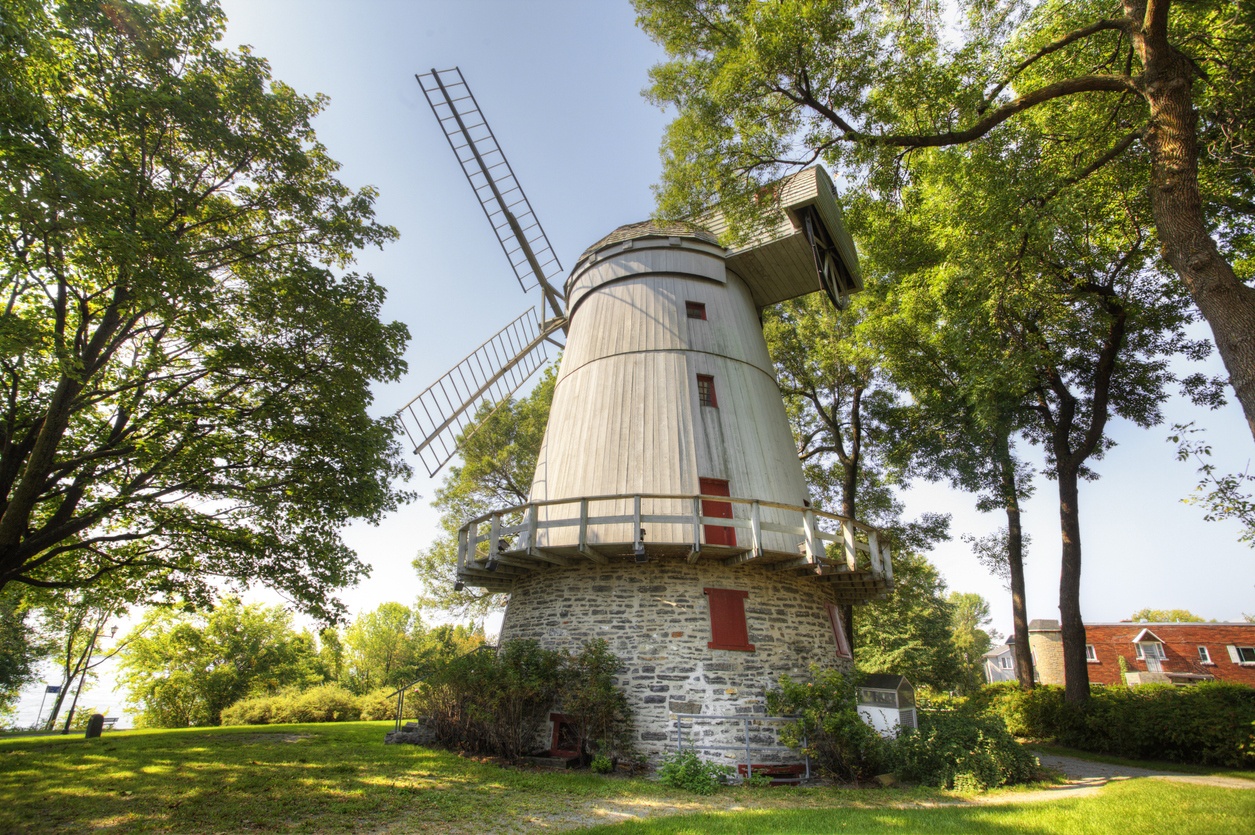
Moulin Fleming (Canada)
The Moulin Fleming windmill is a historic windmill located in the borough of LaSalle, in Montreal (Canada). It was built in 1816 by William Fleming, a Scottish merchant who stood trial with the Sulpicians, the lords of the island of Montreal. The mill is of Anglo-Saxon type and is five stories high. It ceased operating in 1891 and was restored in 1930 and 1990. In 1983, it was declared a historic monument by the Quebec government. It currently houses a multimedia exhibition on its history and offers free guided tours on summer weekends.
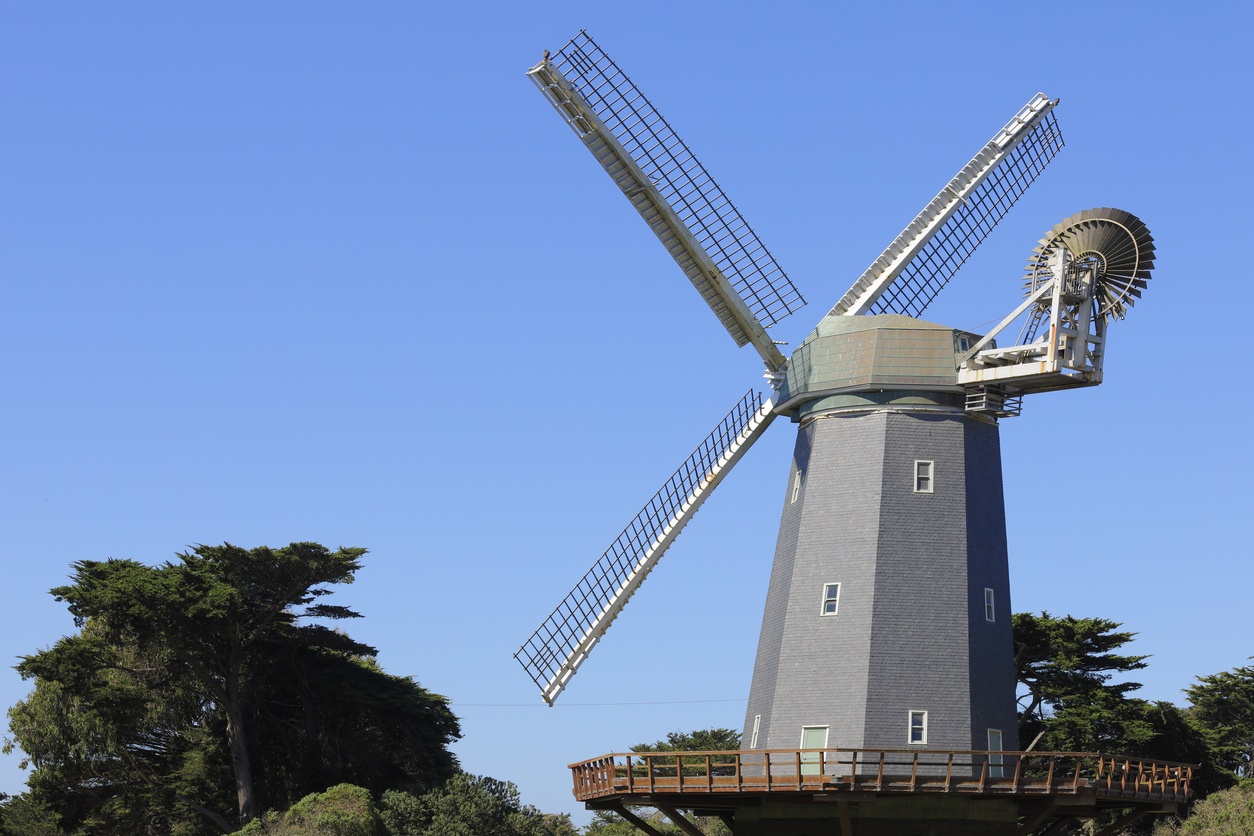
Murphy Windmill (United States)
The Murphy Windmill is a working windmill located in Golden Gate Park, San Francisco (USA). It was completed in 1908 and was the largest windmill outside of Holland, with blades nearly 35 meters long. The mill was used to pump groundwater for irrigation in the park until 1913, when it was replaced by electric pumps. The mill deteriorated over time and was restored twice, in 1930 and 1990. In 2000 it was declared a San Francisco Historic Landmark.
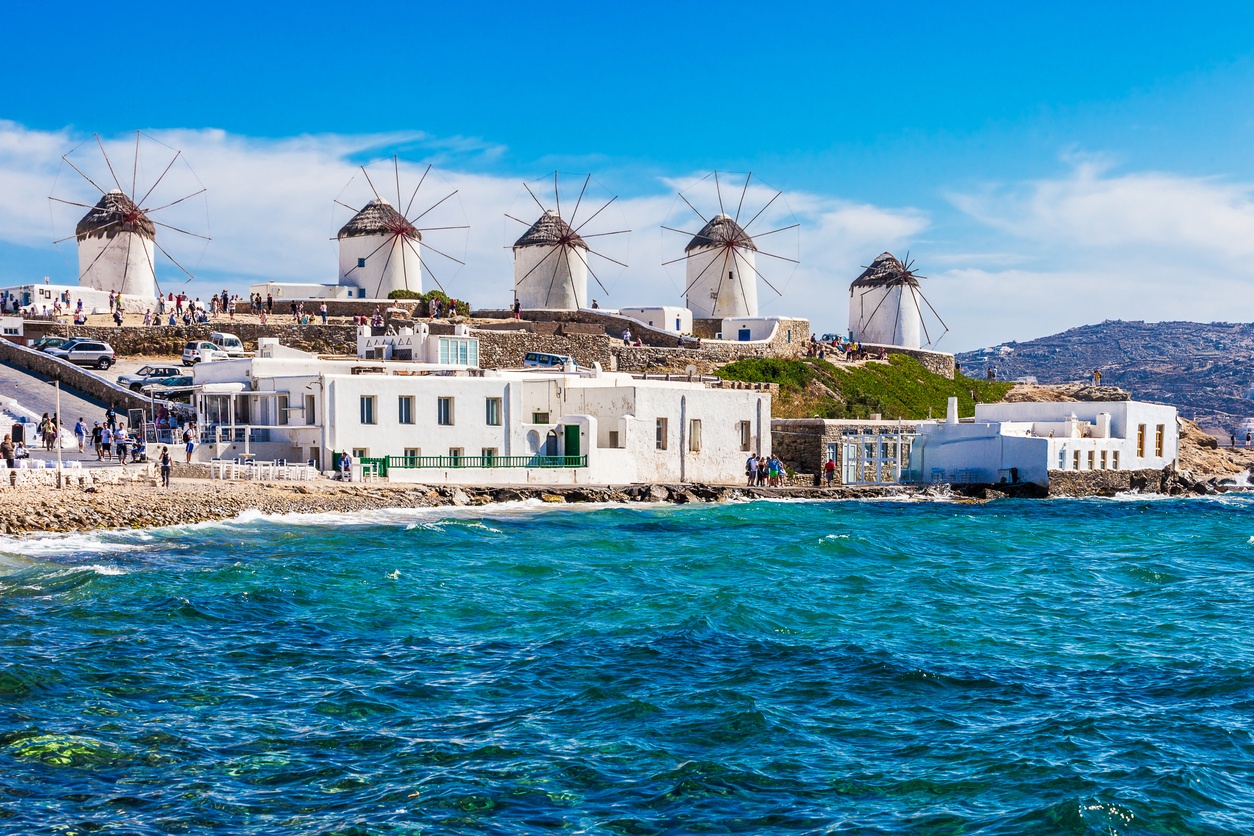
Windmills of Mykonos (Greece)
The Mykonos Mills are a group of windmills located on the Greek island of Mykonos, in the Aegean Sea. They were built from the 16th century to the 20th century to take advantage of the constant wind blowing on the island and grind grain that was grown or traded. The mills are commonly known as «Kato Mili», which means under mill in Greek. The mills ceased to operate in the mid-20th century and became a tourist and cultural attraction. Some of them have been transformed into museums, stores or accommodations. The mills are a symbol of the island and offer a panoramic view of the sea and the city.
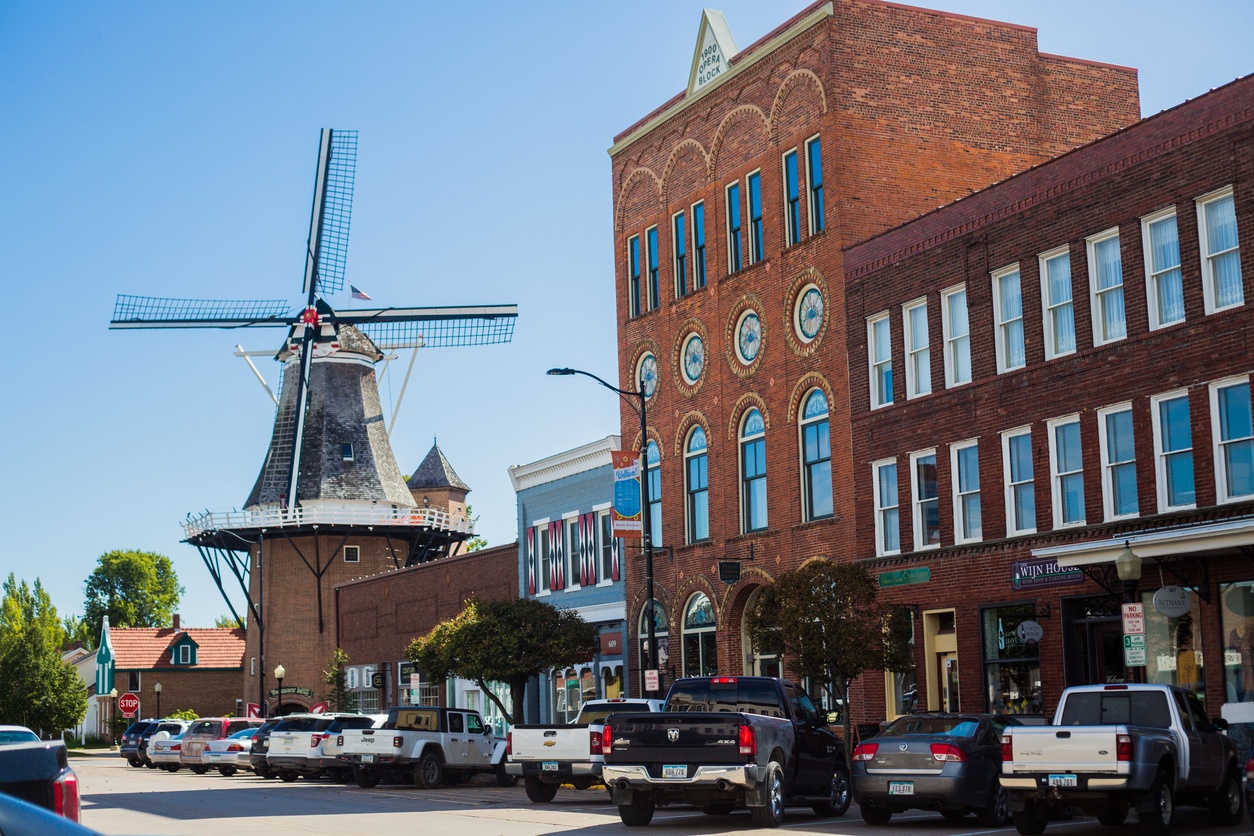
Vermeer Mill (United States)
The Pella Windmill is a Dutch-style windmill located in the city of Pella, in the state of Iowa. It is called the Vermeer Mill and is a replica of a 19th century windmill that stands over 40 meters tall. The mill is part of the Pella Historical Village, a complex that recreates a Dutch village with 22 buildings that mimic the architecture of the Netherlands. The mill is fully functional and produces flour that is sold in the adjacent museum. The mill is a tourist and cultural attraction that reflects the Dutch heritage of the town of Pella, founded by Dutch immigrants in 1847.
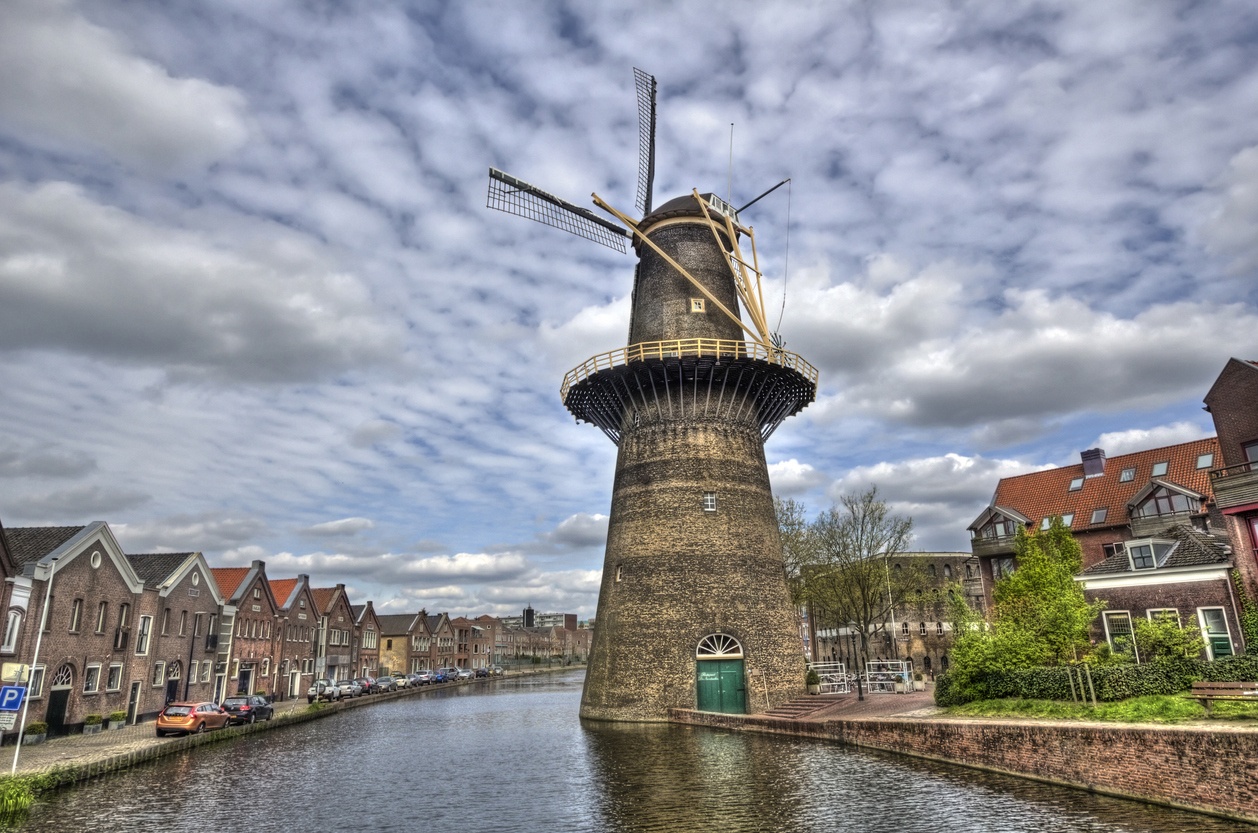
Schiedam Mill (The Netherlands)
The Schiedam Windmill is one of six windmills located in the town of Schiedam, in the province of South Holland (Netherlands). These windmills are the tallest in the world, with a height exceeding 30 meters. They were built between the 18th and 19th centuries to grind grain and produce gin, an alcoholic beverage distilled from grain and juniper berries. The mills ceased operating in the early 20th century and became a tourist and cultural attraction.
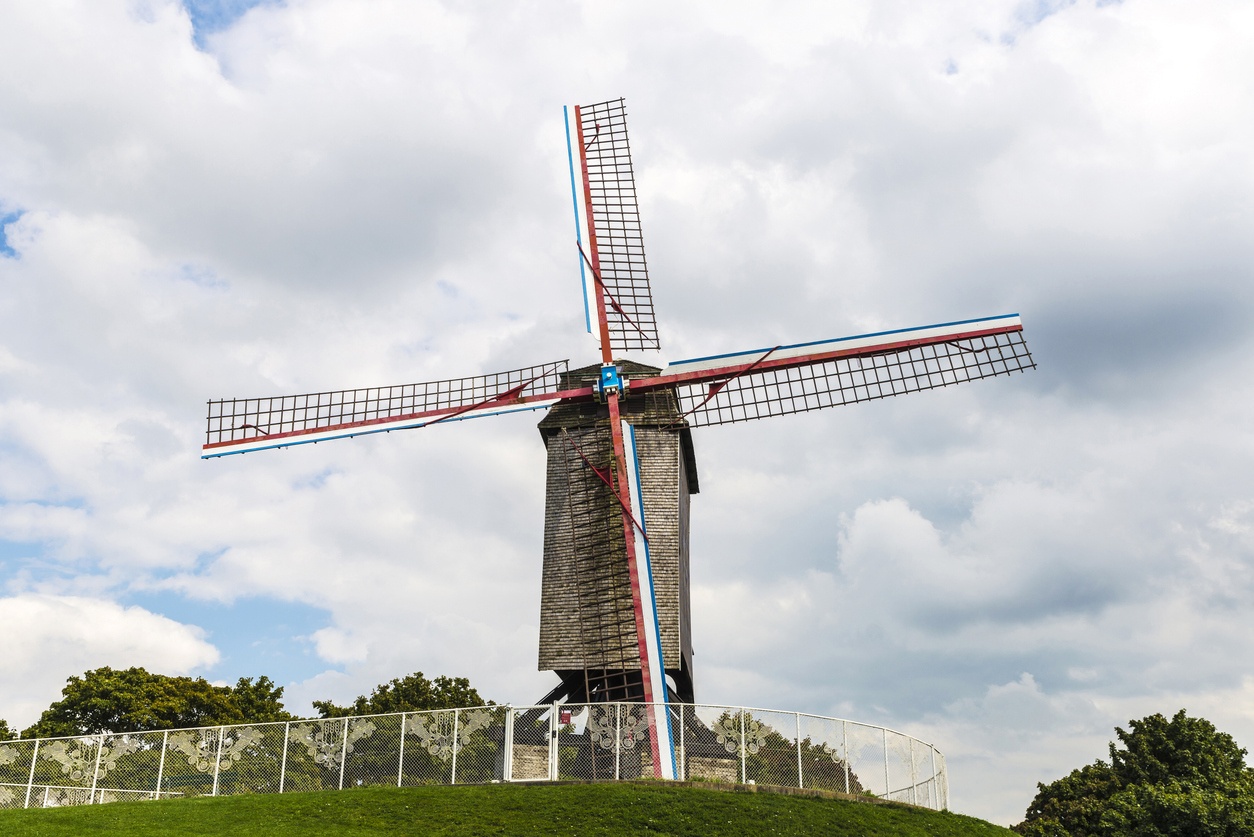
Sint-Janshuis Mill (Belgium)
The Sint-Janshuis Windmill is a windmill located in the city of Bruges, in the province of West Flanders. It is one of four surviving mills on the Kruisvest, a canal that surrounds the historic city center. The mill dates from 1770 and is the only one that remains in its original location. The mill was used to grind grain until 1914 and then became a museum. It is possible to visit inside and see the operation of the machinery and the history of the mill, as well as offering a panoramic view of the city and its towers.
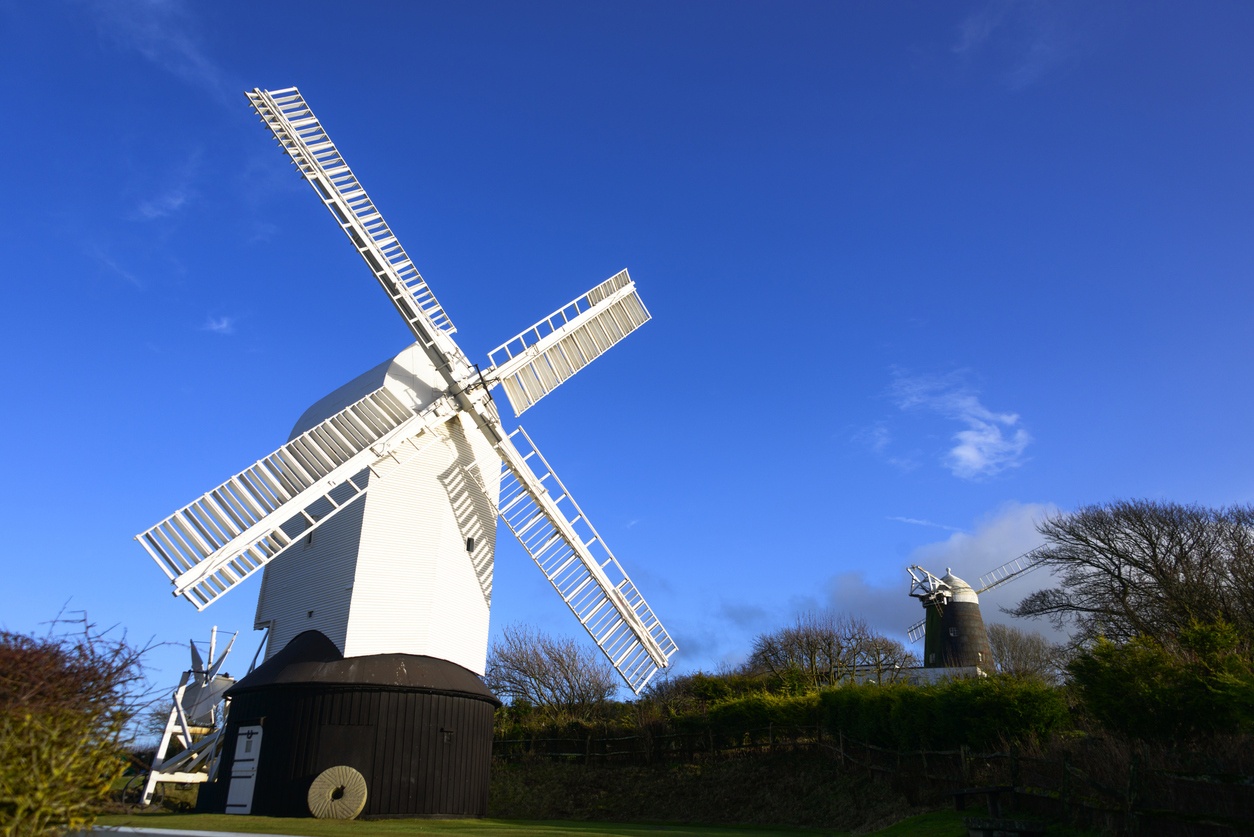
Clayton Windmills (England)
Clayton Windmills are a group of three windmills located on the South Downs hills near the village of Clayton, in the county of West Sussex. The mills are known locally as Jack and Jill and were built between the 18th and 19th centuries. Jack is a brick tower mill that was used to grind grain until 1906. Jill is a wooden post mill that was moved from Brighton in 1852 and restored in 1986. The third mill is a roundhouse that was part of an old post mill that burned in 1864.
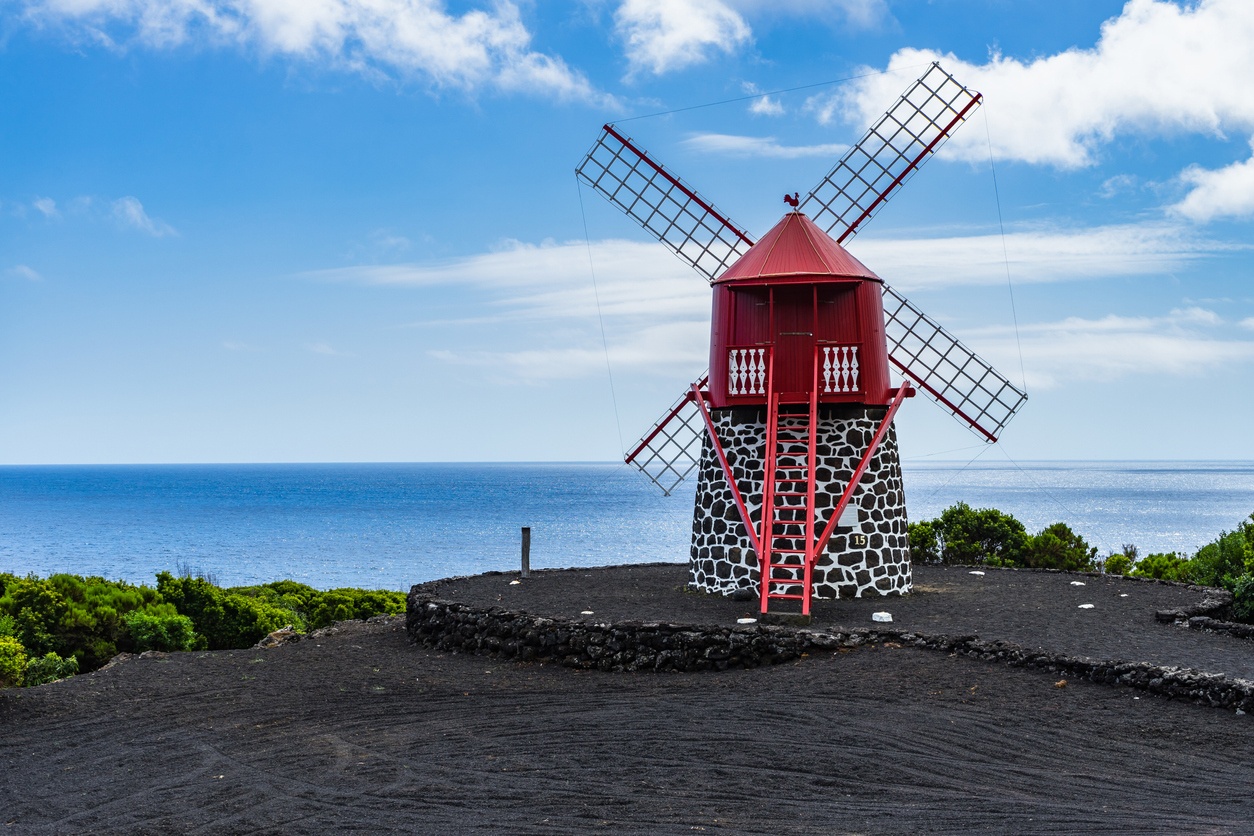
Windmills of the Azores (Portugal)
The windmills of the Azores are typical constructions of the Portuguese islands located in the Atlantic Ocean. The mills were used to grind the grain that was grown on the islands and exported to other places. There are two types of windmills in the Azores: The Flemish-inspired ones, with red domes, which number about 20 and are concentrated on the island of Graciosa. These windmills have a fixed structure and blades that rotate according to the wind; and those of Mediterranean influence, with white domes, which are smaller and are distributed on several islands, such as Corvo, Flores or São Miguel. These mills have a rotating structure that is oriented towards the wind.






